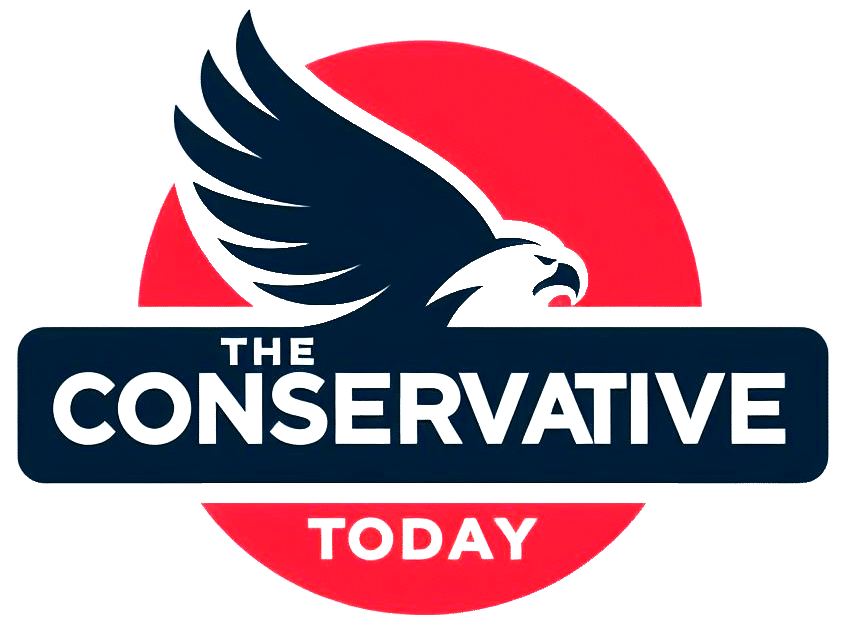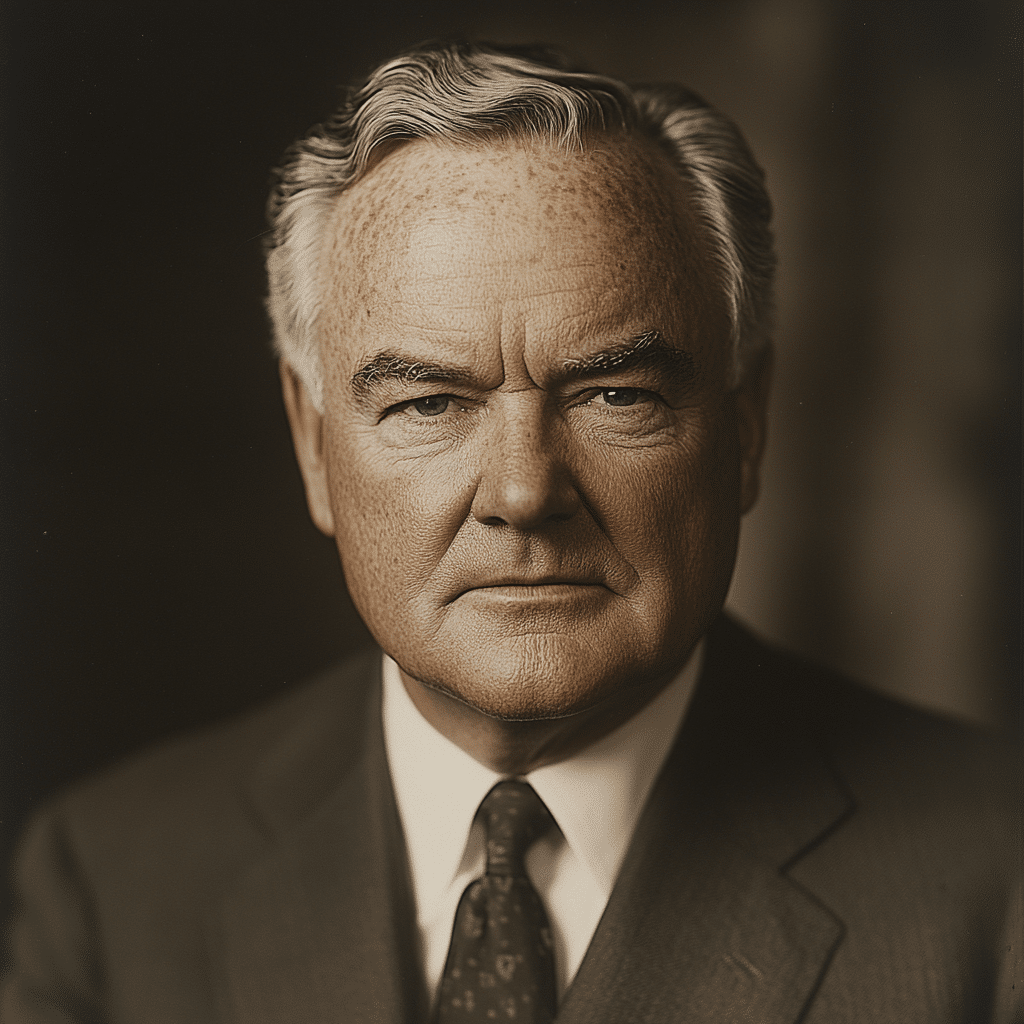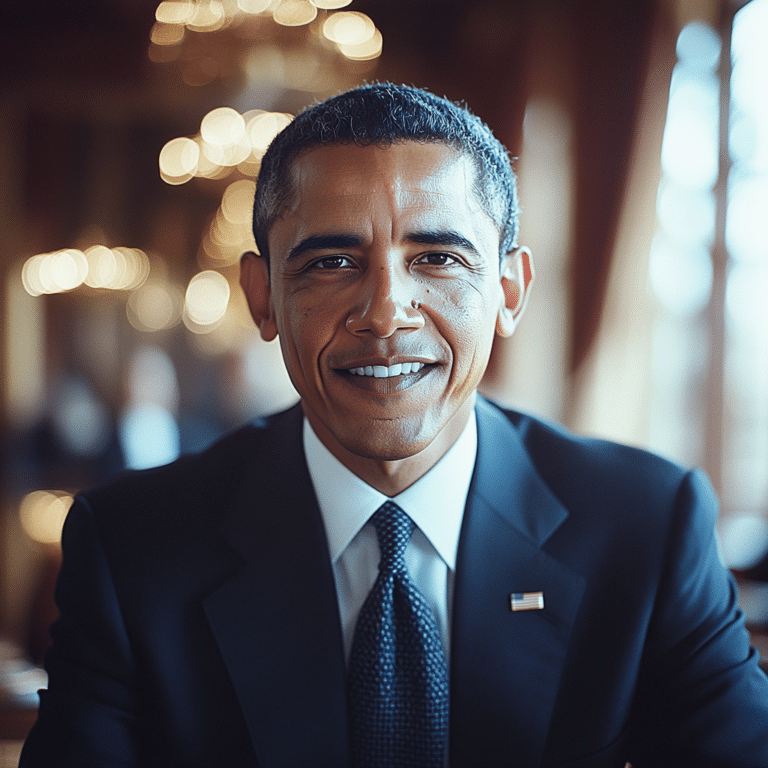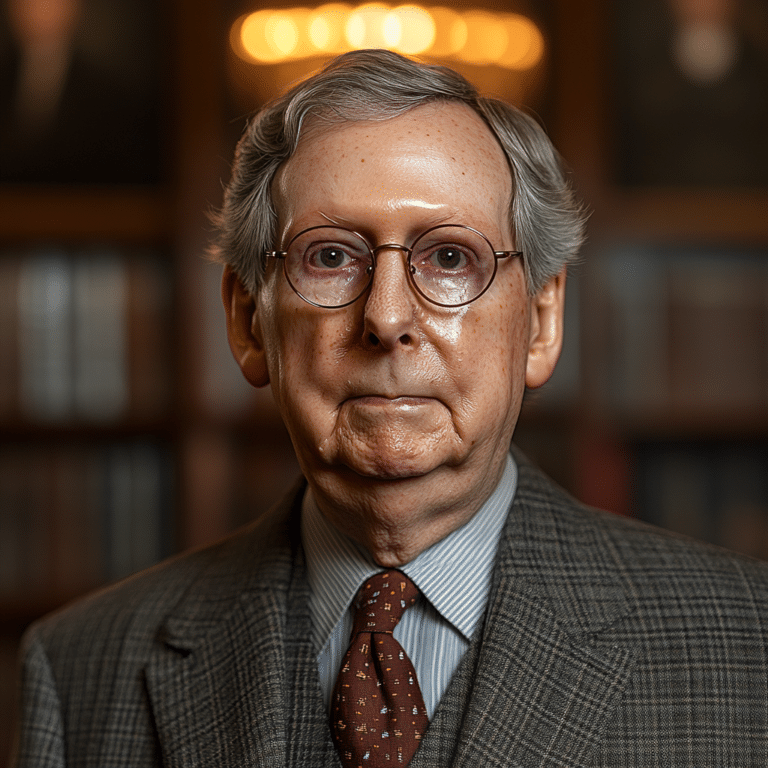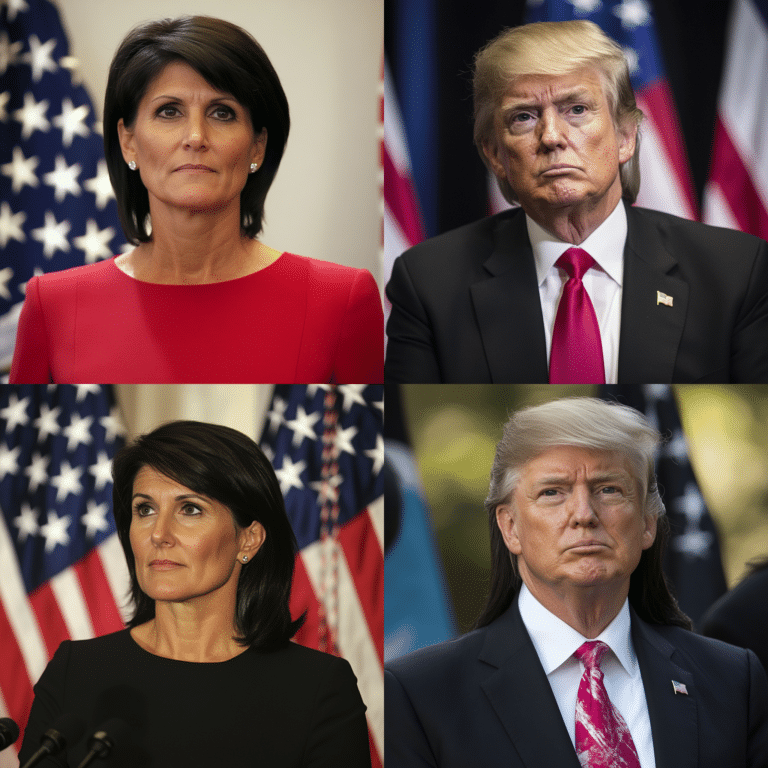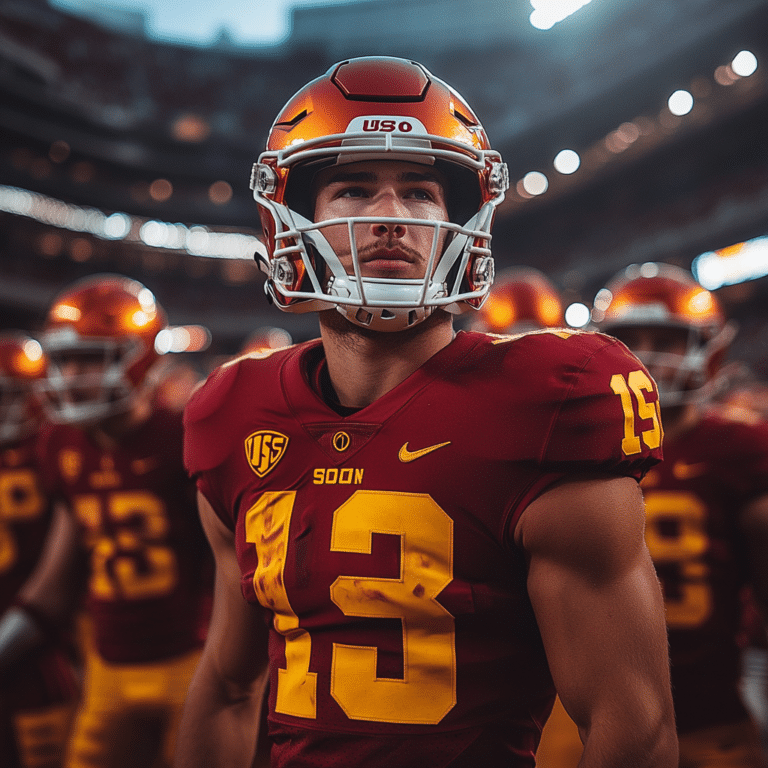As we stomp into a heated discussion surrounding economic policies, it’s crucial to shine a spotlight on President Hoover and his impact during the Great Depression. Hoover is often tagged as the villain in American economic history, yet his approach to food relief tells a different story. This wasn’t just a man sitting on his hands; he had a plan, and those plans had roots dated back to his previous experiences as the head of the Food Administration during WWI. It’s high time to revisit how Herbert Hoover shaped the food relief landscape amidst unprecedented economic turmoil.
President Hoover’s Approach to Food Relief During the Great Depression
President Hoover’s strategies for food relief during the Great Depression were more complex than often portrayed. Back when he assumed office, the nation was spiraling into chaos following the stock market crash of 1929. Facing a rapidly deteriorating economy, Hoover wasn’t blind to the plight of everyday Americans. Instead of proposing sweeping government reforms that would come later under Teddy Roosevelt and FDR, he looked to stabilize and encourage self-sufficiency. He firmly believed that the economy could right itself and that individuals and businesses would rally together to help one another.
One of Hoover’s primary tactics was the establishment of the Federal Farm Board in 1929. This board aimed to stabilize agricultural prices and lift struggling farmers out of the quagmire caused by overproduction and plummeting prices. Instead of doling out money, Hoover sought to empower farmers by orchestrating cooperative efforts in marketing their products. This groundwork was a far cry from Roosevelt’s broader federal interventions that would map out the New Deal landscape.
Moreover, Hoover established the Reconstruction Finance Corporation (RFC) in 1932. Unlike FDR’s New Deal, the RFC focused primarily on providing loans to institutions—primarily banks and agricultural businesses—to restore confidence and revitalize the food distribution networks. By doing so, he laid the bedrock for future strategies that would evolve in complexity as global economic challenges continued to shift.
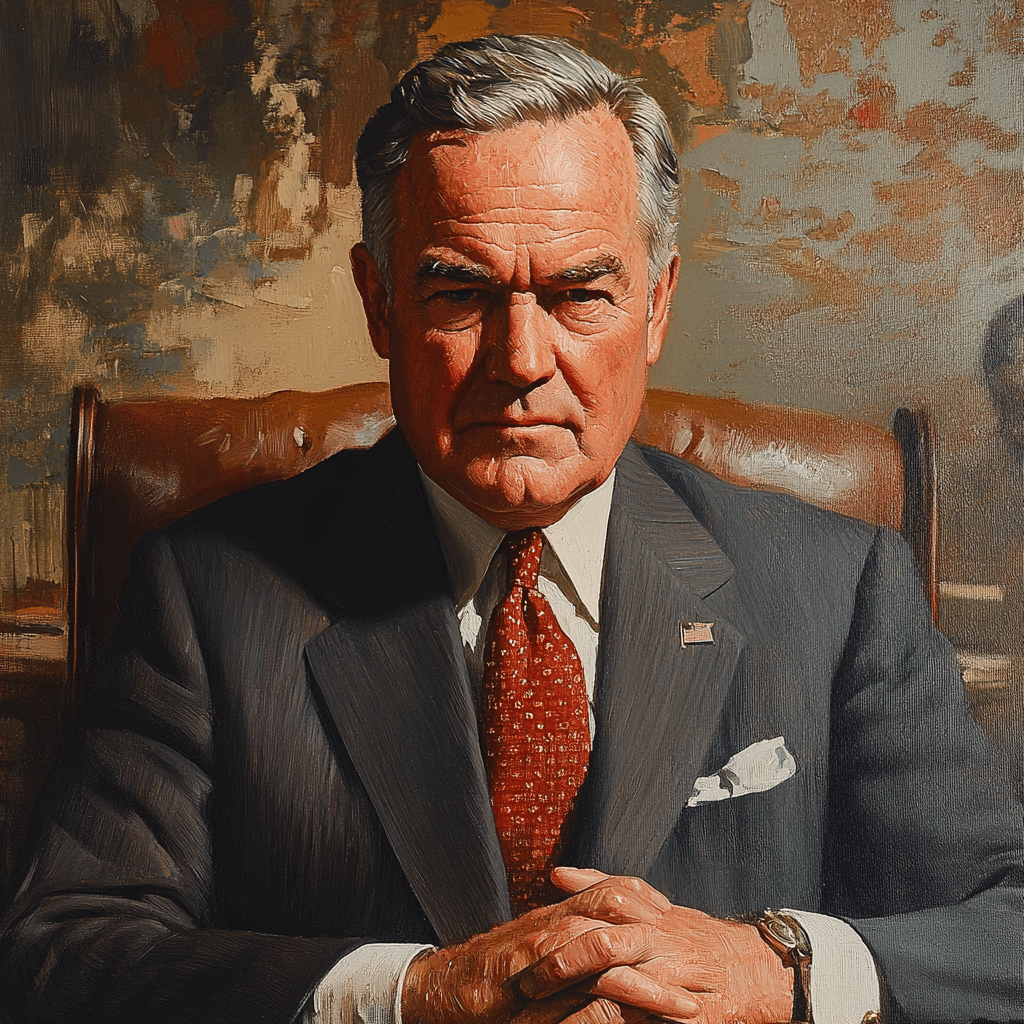
Top 5 Initiatives by President Hoover that Shaped Food Relief
Founded in 1929, this board aimed to stabilize agricultural prices and assist farmers. It represented a significant foresight into governmental roles in food economics.
Established in 1932, the RFC provided crucial government loans to support banks and businesses. This foundational approach helped restore confidence, facilitating food distribution networks across the country.
A pivotal act passed in 1932 that allowed federal funds to be directed to states for relief measures. This represented an acknowledgment that federal support could play a vital role in individual state crises.
Even though FDR would take the baton here, the initial ideation stemming from Hoover’s policies contributed to the groundwork for governmental responses to economic hardship.
A hallmark of Hoover’s presidency, he promoted the idea that community and private sector initiatives could address the food crisis without heavy-handed governmental controls. His belief that “economic depression cannot be cured by legislation” embodied the spirit of individualism.
Herbert Hoover vs. Teddy Roosevelt: Food Politics in a Time of Crisis
When comparing Hoover’s policies to those of Teddy Roosevelt, it’s clear: both presidents recognized the growing pressures on the American populace, but they took vastly different paths. Roosevelt championed aggressive reform, advocating for a much-expanded role of government during crises, while Hoover hesitated to take similar drastic measures, favoring voluntary action instead. This contrast in leadership styles became evident as each administration faced economic spats that altered American life.
Roosevelt’s arrival marked a significant philosophical shift towards collective responsibility and federal engagement, particularly in tackling the economic turmoil head-on. Conversely, Hoover’s reliance on individualism in response to widespread hardship showcased a fundamental belief in market self-correction. This led many to criticize his inaction, labeling him as indifferent when in reality, he held a different vision of economic recovery.
Understanding this juxtaposition is vital for appreciating how political ideologies shape policies. The differences in Hoover’s and Roosevelt’s approaches also echo in today’s context, as the ideological battle continues to echo through modern debates about governmental roles in economic crises.
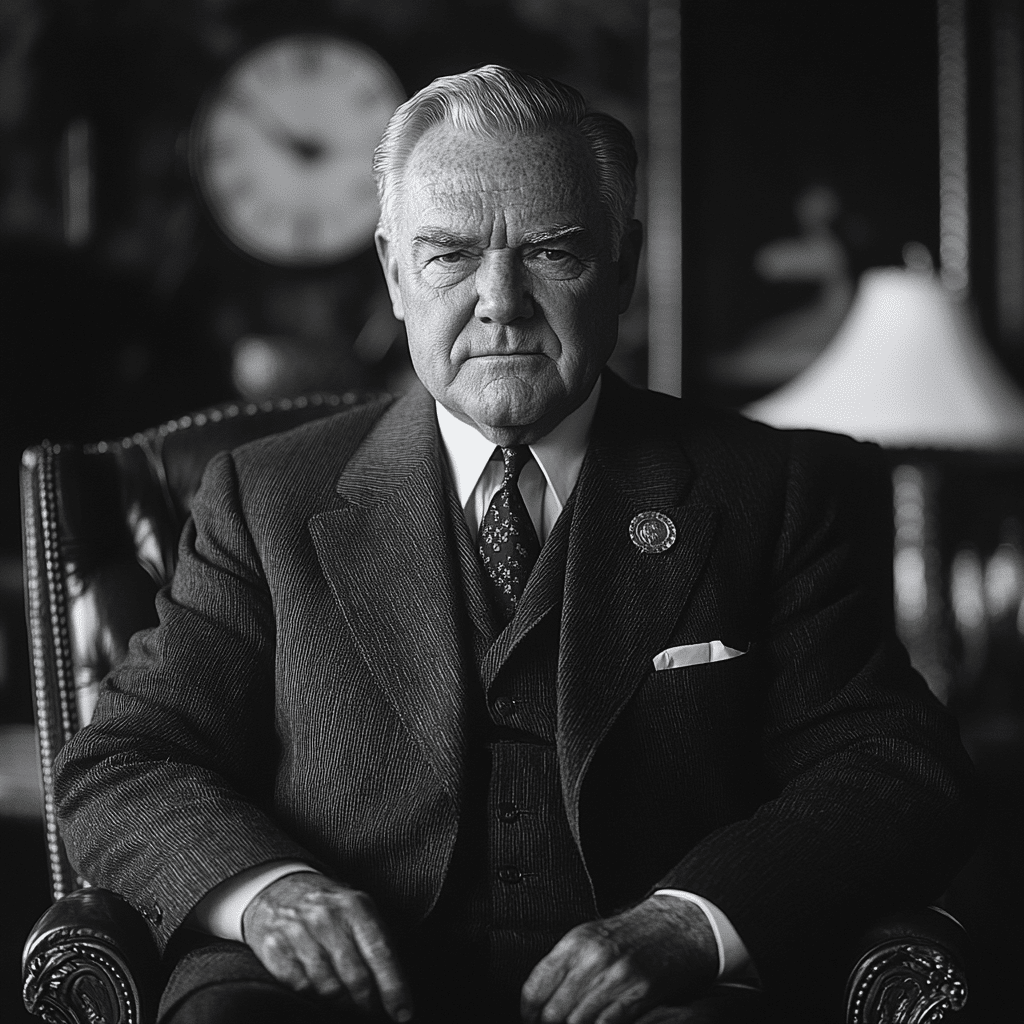
Economic Philosophy: How President Hoover’s Policies Compare to Ronald Reagan’s
If we jump ahead a few decades, we witness an even more compelling debate: the comparison between President Hoover and Ronald Reagan. Both presidents advocated for limited governmental involvement in economic matters, yet their approaches to crises diverged significantly. Hoover’s methods stemmed from a belief that the economy would revive naturally, while Reagan’s supply-side economics sought to stimulate economic growth directly through tax cuts and deregulation.
In the Reagan era, policies like the Economic Recovery Tax Act of 1981 illustrate a robust pivot towards enhancing personal responsibility and limiting federal overreach. while Hoover’s policies represented initial attempts at intervention without the cutting-edge stimulus ideas that Reagan would implement. Both leaders valued a free-market economy, but the tools they employed reflected their respective historical contexts and the pressing needs for their time.
Lasting Effects of Hoover’s Relief Policies on Modern Food Security Programs
The legacies left by President Hoover resonate profoundly within contemporary food security programs. His efforts laid foundational strategies that inform current frameworks like the Supplemental Nutrition Assistance Program (SNAP) and food banks functioning across America. The challenges posed by economic downturns, such as the COVID-19 pandemic, have amplified the issue of food insecurity, underscoring the relevance of revisiting Hoover’s policies.
In modern discussions about food relief, understanding the nuances of Hoover’s initiatives offers insightful perspectives. The balances struck between governmental aid and community-driven solutions remain vital themes in controlling today’s pressing issues around food access. His legacy presents a blend of lessons that echo through time, indicating that while government involvement is important, individual and community response is also critical for sustainable success.
Looking Forward: Lessons from President Hoover’s Legacy in Today’s Political Landscape
Hoover’s approaches to food relief and economic stewardship compel us to examine present-day challenges through a historical lens. In a climate where inflation, food insecurity, and economic disruptions redefine our landscape, Hoover’s policies allow us to reflect on how balance between governmental intervention and personal responsibility can effectively navigate these challenges.
By acknowledging both his successes and failures, we pave the path for productive discussions on sustainable food relief strategies that align with conservative values. The examination of President Hoover’s legacy in light of today’s pressing dilemmas gives us the tools necessary to engage in responsible and impactful economic discourse moving forward.
In conclusion, the legacy of President Hoover offers a rich arena for discussion, where the interplay of historical context, ideological beliefs, and real-world applications converge to build contemporary policies. As we press ahead, fostering spirited debates while advocating for effective relief strategies will resonate with a future that champions traditional values amidst the clamor of a changing political landscape.
President Hoover’s Impact on Food Relief and Economy
A Slightly Surprising Legacy
You might not think of President Hoover as a beacon of economic and food relief progress, but his era was packed with surprising stories. Before taking office, Herbert Hoover earned a reputation as one of the top engineers of his time, helping to implement successful relief efforts across Europe during World War I. However, his various efforts were often overshadowed by the Great Depression that followed shortly after he took office. Interestingly enough, Hoover once declared that “the only thing we have to fear is fear itself,” a phrase that later became part of Franklin D. Roosevelt’s inaugural speech. It’s curious how such phrases can make waves, much like the sudden burst of popularity that comes with trendy shows like those in the realm of Dylan Minnette Movies And Shows.
Food Relief and Innovation
When it came to food relief, President Hoover’s administration undoubtedly made a lasting impact. He was instrumental in the formation of the United States Food Administration and recognized the need for organized food distribution to struggling families. During his presidency, he advocated for innovative programs to combat hunger, much like how today’s organizations work tirelessly to address food insecurity. You can almost draw a creative parallel with the Krillins approach—small yet effective, focused on major needs. It’s worth noting that while bogged down by intense criticism during his term, Hoover’s commitment to humanitarian efforts remained steadfast.
A Bit of Fun Trivia
Here’s a fun nugget to chew on: Hoover was also a great supporter of the Girl Scouts during his presidency, encouraging youth to engage with food production and conservation. At a time when society grappled with economic fears, Hoover emphasized the importance of community, much like how modern initiatives highlight local efforts, as seen in the discussions surrounding the Wnba in Indiana. His vision for a thriving nation helped lay the groundwork for future policies aimed at feeding America, much like the ongoing fascination with the successes of family businesses, often highlighted in projects like The Black hamptons.
In the larger scheme of things, Hoover’s presidency was pivotal in shaping our understanding of food relief and economic recovery. Even as he faced unprecedented challenges, he provided tools and ideas that resonate today, not so different from how the legacy of cultural icons, like Elvis Presley ’ s Grandchildren, continues to inspire new generations. From innovation to community spirit, Hoover’s contributions remind us that every effort matters—even in daunting times.
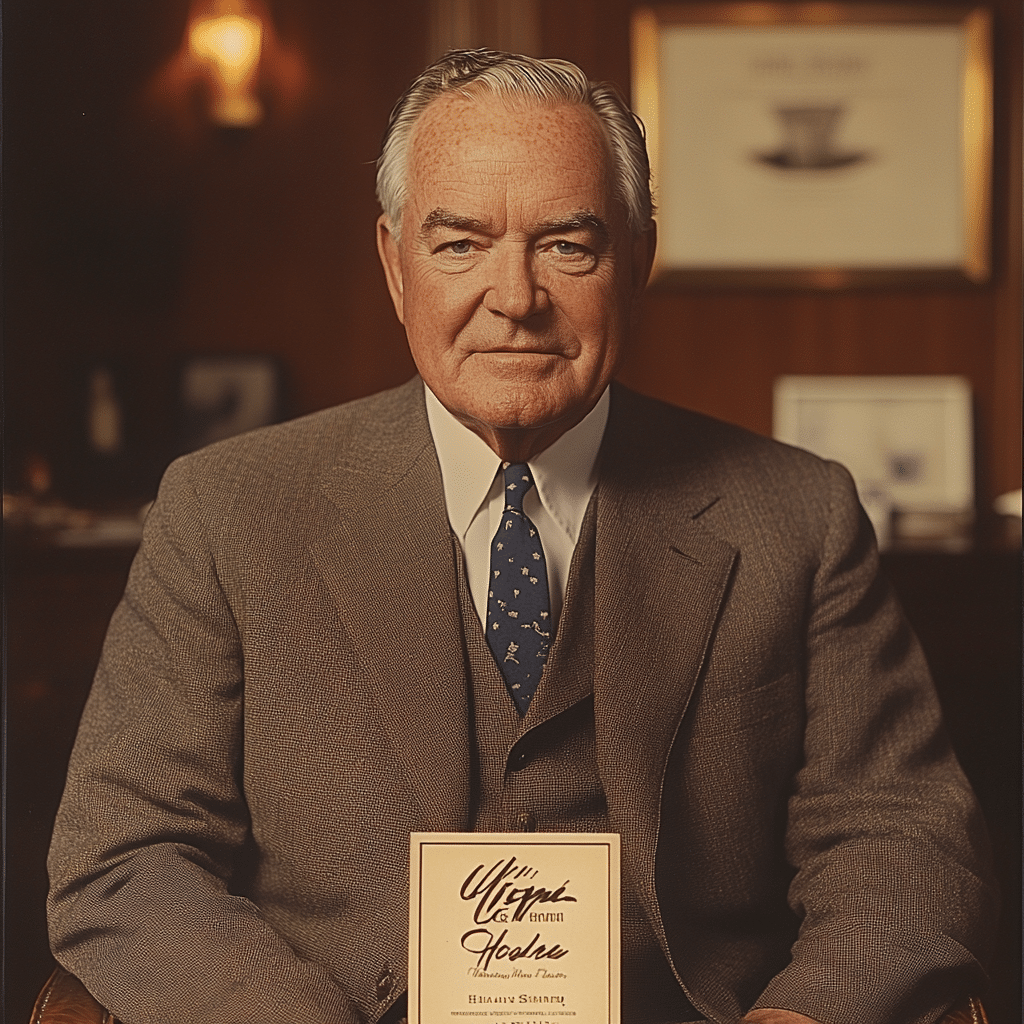
What was President Hoover best known for?
President Hoover is best known for his role in leading the Food Administration during World War I and for his efforts to manage the economy during the Great Depression, although many remember him for the struggles that occurred under his presidency.
Who was president when the stock market crashed?
The stock market crashed in October 1929 during Herbert Hoover’s presidency, leading to the onset of the Great Depression and significant economic turmoil.
Which president was known as the do-nothing president?
Calvin Coolidge is often referred to as the do-nothing president due to his hands-off approach to government and the economy, which some saw as beneficial during his time in office.
Who lost to President Hoover?
Al Smith lost to President Hoover in the 1928 presidential election, marking a significant victory for Hoover and the Republican Party during that era.
Why did FDR win against Hoover?
FDR won against Hoover in 1932 because he promised a more active government response to the Great Depression, appealing to voters who were frustrated with Hoover’s individualism and perceived inaction.
What is Hoover’s legacy?
Hoover’s legacy is mixed; while he was initially a respected humanitarian for his food relief efforts, he became closely associated with the hardships of the Great Depression, which overshadowed his prior achievements.
Was Hoover Democrat or Republican?
Herbert Hoover was a Republican, serving as the 31st president of the United States from 1929 to 1933.
Who was blamed for the crash of 1929?
Many people blamed Herbert Hoover for the crash of 1929 and the Great Depression that followed, as he was in office during these challenging times.
Who was the Great Depression president?
The term “Great Depression president” typically refers to Herbert Hoover, as he was the sitting president when the economic crisis began.
Which president talked himself to death?
Warren G. Harding, who served before Coolidge, was known for his many health issues and lack of engagement, which some interpret as not “talking” much during his presidency.
Which president did not talk?
Dwight D. Eisenhower is sometimes humorously referenced as the “silent president” due to his more reserved nature compared to his predecessors.
What was the worst president in history?
While opinions on presidential rankings vary, Herbert Hoover is often listed among the least effective presidents due to his failure to alleviate the Great Depression.
What was FDR’s slogan?
FDR’s famous slogan was “The only thing we have to fear is fear itself,” which he presented during his first inaugural address in 1933.
What ended Hoover’s presidency?
Hoover’s presidency effectively ended with his defeat in the 1932 election to Franklin D. Roosevelt, as the country sought new leadership during the Great Depression.
Was Al Smith a Catholic?
Yes, Al Smith was a Catholic and was notable for being the first Catholic presidential candidate from a major party when he ran in 1928.
